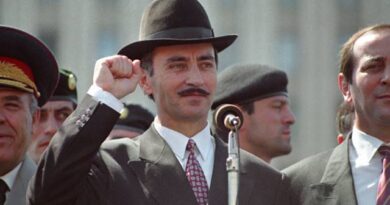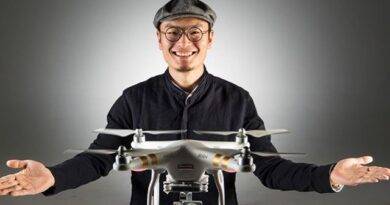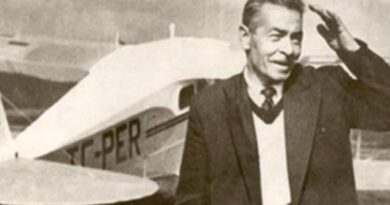Valentina Tereshkova – First Woman in Space
Valentina Vladimirovna “Valya” Tereshkova was born on March 6th, 1937, in Maslennikovo. Her father died during World War II when she was only 2 years old. Her mother, a textile factory worker, raised Valentina and her two siblings alone. Due to the economic hardships they were going through, Valentina had to help her mother with the housework. Therefore, she could only start school at the age of 10.
She left school in 1955 to continue her education remotely and started working with her mother in a cotton-weaving mill that would have completely changed her life. Believing that there should be no private property, Valentina went along with her factory life to become an ardent communist. She joined the Young Communist Union established at the factory. She became the Union’s Regional Secretary in 1961 and soon joined the Communist Party of the Soviet Union.
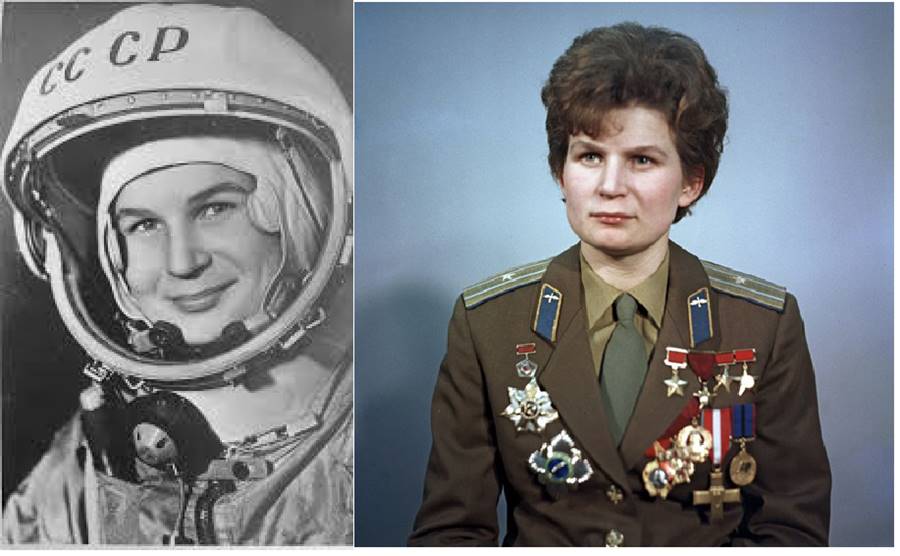
During these years she became interested in parachuting. As a result of the training she received at the Yaroslavl Air Sports Club, she made her first jump on May 21st, 1959, when she was 22 years old. With the training she received at the club, she became a competent paratrooper.
After Yuri Gagarin‘s expedition in 1961, chief engineer Korolyov, who led the Soviet space program, put forward the idea of sending a woman into space. Thus, the Soviets would gain worldwide prestige without the need to develop new technology. Besides, the fact that women performed equally with men was perfectly in line with Soviet ideology.
A large-scale scan was launched to identify the first spacewoman. The criteria were that the candidates were paratroopers, under 30 years old, shorter than 170 cm, and lighter than 70 kg. Tereshkova managed to become one of the four chosen and was subjected to an intensive training program with other selected friends. The program includedzero-gravity conditions, parachute jumps, isolation tests, centrifugal tests, rocket theory, space engineering, and piloting training.
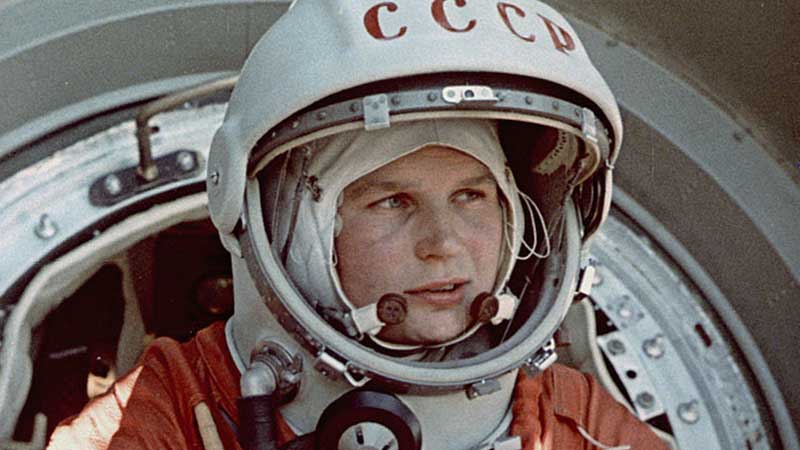
On June 16th, 1963, Tereshkova became the first woman to fly into space on Vostok 6. The last words of the 26-year-old Valentina recorded before the launch of Vostok 6 were: “Sky, get ready to take off your hat because I’m coming to see you.” Vostok 6 made 48 rounds in earth orbit and spent almost three days in space (more than the total time of US spacemen going into space until then).
Three days later, Valentina started her return journey. She entered the atmosphere smoothly. Valentina left the shuttle 6 km above the ground and parachute 3 km before. The scenery she saw and what was on her mind at that moment said, “There was a lake under me. My parachute was too big and I had to open it 3 km before. So I had to land in the lake where they planned for me. The first thing that crosses my mind is: God, they’re sending a woman into space and as soon as she comes back, the first thing they do is get that woman wet. ”
However, the chief engineer Korolyov was not satisfied with Tereshkova’s performance. Tereshkova had problems responding to radio calls from Earth and remained silent for a while. It was alleged that she was paralyzed because of fear. Thereupon, the control of the spacecraft was not left to the first spacewoman and it was returned to the world with an automatic system. Tereshkova always denied the allegations of her difficulties in flight.
Perhaps because of these public allegations of Tereshkova’s flight, the Soviets did not send any more female personnel into space for a long time. The second woman to take to space is Svetlana Savitskaya, who was also a Soviet was 19 years after Tereshkova.
After Tereshkova, the USA did not try to send a woman into space for a long time. The USA has acted on the principle of not being the second if you cannot be first, which is perhaps one of the tactics of the Space Race. As a matter of fact, while the Soviets had the opportunity to be second after the USA in terms of landing on the Moon, the Soviets did not.
The Vostok 6, on which Tereshkova flew, was the last flight of the Vostok series.
After the flight, Tereshkova, like Gagarin, visited various countries of the world, attended speeches, and held international missions. These visits were supported by the Soviets, who did not miss any propaganda opportunities during the Cold War, and the world wanted to get to know the first woman in space. Tereshkova was awarded the Soviet Medal of Heroism in the Soviet Union, and also received various medals from Eastern Bloc countries. She reached important political positions, such as a member of the Central Committee of the Communist Party of the Soviet Union. Also, a crater on the moon was named Tereshkova.
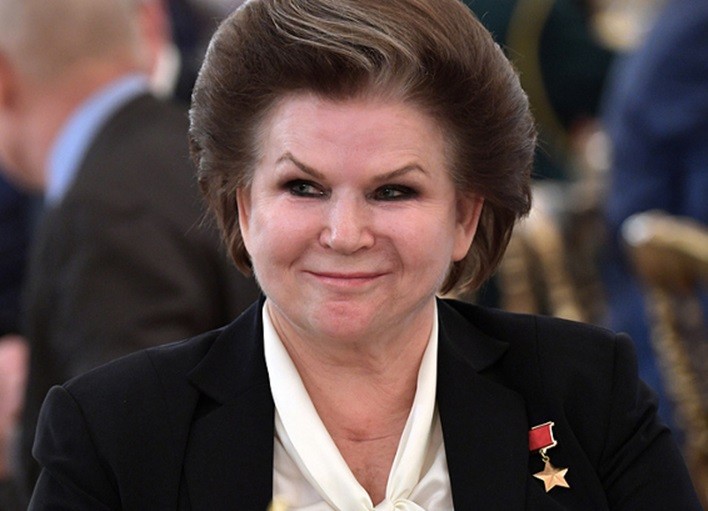
Tereshkova married with the Soviet spaceman Andrian Nikolayev. Khrushchev and other top Soviet government and people from the space program community also attended the wedding ceremony. Tereshkova, who divorced Nikolayev in 1982, had another marriage later.
Although her political life ended after the collapse of the Soviet Union, She did not lose any of her prestige. In the eyes of the Russian people and the world public opinion, Tereshkova is one of the space heroes like Gagarin and Aleksey Leonov.
Valentina Tereshkova quotes
“Anyone who has spent any time in space will love it for the rest of their lives. I achieved my childhood dream of the sky.”
“If women can be railroad workers in Russia, why can’t they fly in space?”
“Once you’ve been in space, you appreciate how small and fragile the Earth is.”
“They forbade me from flying, despite all my protests and arguments. After being once in space, I was keen to go back there. But it didn’t happen.”
For more aviators click.
